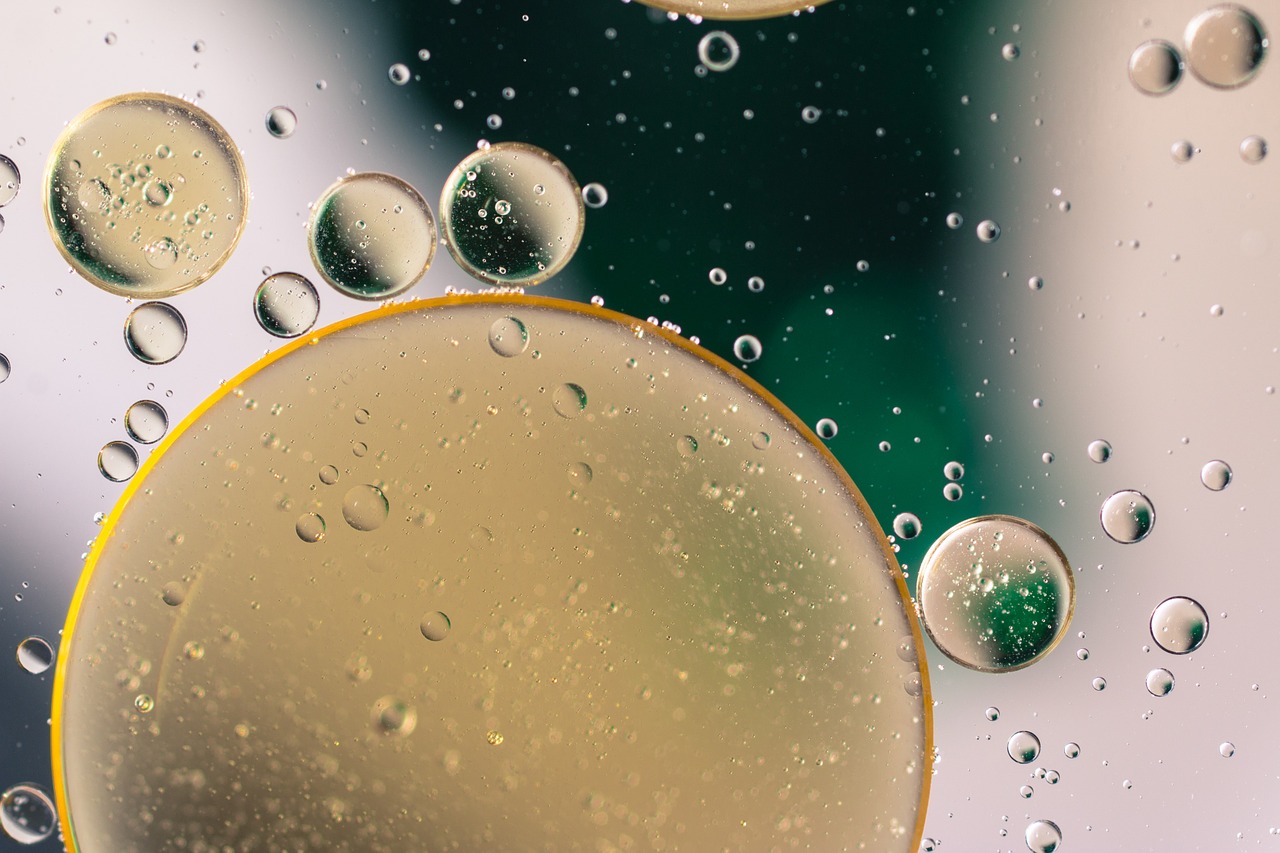
- #Water in oil cream example how to
- #Water in oil cream example skin
- #Water in oil cream example trial
Learn the 4 signs of product instability. This process is called ‘phase separation’ and means that your beautiful lotion now looks like a complete mess. If your emulsion isn’t stable, then over time you may start to see the water and oil splitting away from each other again. One of the biggest challenges faced by formulators making emulsions is ensuring that those emulsions remain stable.
#Water in oil cream example how to
Learn how to test your emulsion to find out whether it is W/O or O/W. Depending on the emulsifier you choose, it is possible that you come to unexpected results and that your cosmetic emulsion is not what you think it is. We’re here to tell you that unfortunately the science is not always that simple.

Theoretically, knowing the Hydrophilic-Lipophilic Balanace (HLB) of your chosen emulsifier should help you determine whether you’ve prepared a water-in-oil (W/O) or an oil-in-water (O/W) emulsion. Learn why you should ignore the HLB method for natural and organic emulsions. The Hydrophilic-Lipophilic balance of a surfactant expresses the balance between the hydrophilic (water-loving) and the lipophilic (oil-loving) parts of an amphiphilic molecule (a molecule that has both lipophilic and hydrophilic parts).Īnyone who encourages you to calculate the HLB of your emulsifiers will be mainly used to working with synthetic emulsifiers and won’t necessarily understand the nuances of organic cosmetic formulating. Learn why you should reject the ‘Heat and Hold’ myth. This method is a myth and we recommend that you ignore everything you’ve read about it. If you follow online blogs or courses taught by online DIYers, then you might have learned how to use the ‘heat and hold’ method. Working with Organic & Natural Emulsifiers We put their hypothesis to the test to once and for all demonstrate that beeswax cannot be used as a stand alone emulsifier. Many online DIY blogs and books will tell you that you can use beeswax as an emulsifier.
#Water in oil cream example trial
As we trial more natural emulsifiers, we will add them to this list.

We’ve taken some of the hard work away from you and tested out a number of natural emulsifiers for you. Which Organic & Natural Emulsifiers should you use? The difference between cold process, hot process and hot cold process emulsions.

Learn how to choose the best emulsifier for your organic cosmetic formulation.ĭownload our SlideShare presentation on choosing the right natural emulsifiers. Your choice of emulsifier is a personal preference but you need to consider many other factors. We often see that many of our students at Formula Botanica prefer O/W emulsions possibly because they are quite similar to conventional lotions and creams. These emulsions tend to be quite thick and greasy.
#Water in oil cream example skin
These O/W emulsions tend to be more liquid, such as milk or a skin cleansing lotion. A water-in-oil (W/O) emulsion disperses ultra-fine droplets of water throughout the fatty base ingredients. How to choose the best Organic & Natural EmulsifierĪn oil-in-water (O/W) emulsifier disperses fine droplets of oil through an aqueous base. They can be oil-in-water (O/W) or water-in-oil (W/O) emulsifiers, or they can be hot processed or cold processed. #GreenBeauty Click To TweetĪn emulsion is a blend of water and oil, which are brought together by the use of an emulsifier – creating a homogenous blend. There are many emulsifiers on the market that may be used by organic skincare and haircare formulators. Learn everything you wanted to know about natural emulsifiers. We know, because we’ve been doing it for years! We’ve also been writing about natural emulsifiers for years, so this article summarises (and will continue to summarise) everything you’ve ever wanted to know about organic and natural emulsifiers. Organic and natural emulsifiers are some of the trickiest ingredients to work with when you’re making clean, green and organic skincare or haircare formulations.


 0 kommentar(er)
0 kommentar(er)
